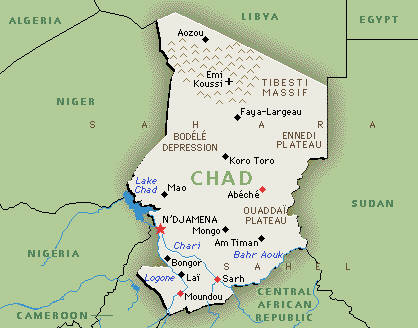 The information and technology (ICT) sector can play a significant role in addressing socio-economic challenges faced by people living with HIV/AIDS (PLHA).
The information and technology (ICT) sector can play a significant role in addressing socio-economic challenges faced by people living with HIV/AIDS (PLHA).
Dr. Joseph Okpaku, President and CEO of Telecom Africa Corporation, calls for a “bold, innovative and comprehensive programme to provide skills development and online employment for HIV/AIDS patients and their families.” The network capacity of ICTs, he argues, should be leveraged to support such initiatives.
The HIV/AIDS epidemic threatens to derail India’s economic boom and demographic change, says a 2009 World Bank Study. An effective response to this challenge requires the engagement of all sectors. The report reveals that the IT sector can play an important part in efforts for HIV/AIDS prevention, reduction of stigma and discrimination, but also for the care, support and treatment of PLHA.
IT companies are using their expertise, access to skills and resources, and vast networks to address this issue. E-learning, mobile gaming and call center are some of the innovative approaches used in this regard to raise awareness, educate, and provide counseling and information services for HIV prevention, care, and support efforts. As part of their corporate social responsibilities (CSR), these companies work with NGOs to improve the livelihoods of PLHA, carry out advocacy campaign on issues of stigma and discrimination of PLHA and educate the youth across India and around the world about HIV/AIDS.
Case study 1: ZMQ Software Systems
ZMQ Software Systems develops socially relevant technology and uses ICT for social benefit. Staff allocates 5-8% of their time to develop IT-based learning programs on HIV/AIDS which reaches young people through mobile games. Some of its future programs include a Mobile Care Support and Treatment to support PLHA. Furthermore, the company presently invests 12 percent of its profits on social development and HIV/AIDS prevention initiatives.
Case study 2: AppLabs
AppLabs reaches out to its employees and to disadvantaged communities through awareness generation, educational campaigns, and by encouraging its employees to volunteer their time and skills to assist partner NGOs and PLHA. The aim, in particular, is to help improve the lives of individuals and families affected by the epidemic and to address issues of stigma and discrimination.
Why focus on the IT sector?
The Indian IT sector is critical to India’s booming economy. It contributes to six percent of overall GDP, employs approximately 2 million people, and indirectly created jobs for 8-9 million people.
Secondly, the issue of HIV/AIDS is of great concern for IT companies because the industry’s workforce is in the 21-45 age cohorts, with many in their twenties. Furthermore, 65 percent of the IT companies registered with the National Association of Software and Services Companies (NASSCOM) are based in states with high HIV concentrations.
Third, there is a great opportunity to encourage the private sector involvement in the fight against HIV/AIDS because IT companies are beginning to realize the extent to which they can contribute to changes in HIV/AIDS prevention and social well-being of their workforce and spheres of influence.








 Of late, the North Central African nation of Chad (Tchad) has remained out of the international spotlight. Chad has also been on the periphery of the African tech scene. Libya and Sudan, neighbors to the north and east, respectively, have “stolen” much of the African news. And that is not necessarily a bad thing – life in Chad is seemingly stable. However, it is going to take more than status quo to improve the quality of life in Chad.
Of late, the North Central African nation of Chad (Tchad) has remained out of the international spotlight. Chad has also been on the periphery of the African tech scene. Libya and Sudan, neighbors to the north and east, respectively, have “stolen” much of the African news. And that is not necessarily a bad thing – life in Chad is seemingly stable. However, it is going to take more than status quo to improve the quality of life in Chad.



 As the global population continues to grow – it is expected to reach more than 9 billion by 2050. It will require a 70% increase in food production above current levels. Most of this increased yield will have to be achieved in less developed countries (LDCs), many of whose farmers operate on a small scale and are highly exposed to crop failure and adverse commodity price movements. This month, Vodafone, Accenture and Oxfam released a report on mAgriculture. The report titled “
As the global population continues to grow – it is expected to reach more than 9 billion by 2050. It will require a 70% increase in food production above current levels. Most of this increased yield will have to be achieved in less developed countries (LDCs), many of whose farmers operate on a small scale and are highly exposed to crop failure and adverse commodity price movements. This month, Vodafone, Accenture and Oxfam released a report on mAgriculture. The report titled “

































